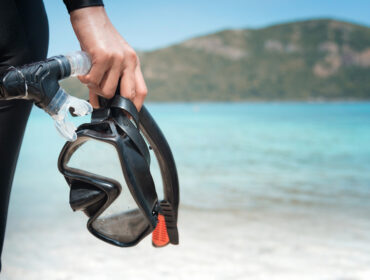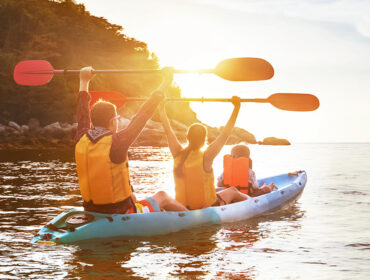Are you looking for a thrilling water sport that combines the excitement of surfing and water skiing? If so, kneeboarding might be the perfect activity for you. Kneeboarding is a water sport that involves riding on a small board with your knees while being towed by a boat. It’s a fantastic way to enjoy the water, and it’s accessible to people of all ages and skill levels. If you’re a beginner eager to try getting on a kneeboard, this guide will provide you with everything you need to know to get started.
What is kneeboarding?
Kneeboarding is a thrilling water sport that involves riding on a small board with your knees while being towed behind a boat. It combines elements of surfing, water skiing, and wakeboarding. The rider sits on their knees on the board, holding onto a tow rope, and glides along the water’s surface. Kneeboarding is a versatile activity that can be enjoyed by people of all ages and skill levels. It offers an exciting and accessible way to experience the thrill of riding waves and performing tricks on the water.
Kneeboarding Equipment and Gear
Before you hit the water, it’s crucial to have the right equipment and gear. Here’s what you’ll need:
Kneeboard
Choose a kneeboard that suits your size and skill level. Beginner kneeboards are typically wider, providing better stability and control. Look for a board with a padded knee strap for added comfort.
Life Jacket
Safety should always be your top priority. Wear a properly fitting Coast Guard-approved life jacket to ensure your safety while kneeboarding.
Tow Rope
Use a tow rope specifically designed for kneeboarding. It should be strong, lightweight, and have a comfortable handle grip.
Boat
Find a boat with enough power to tow you at a safe speed. Make sure the boat driver is experienced and familiar with kneeboarding techniques.
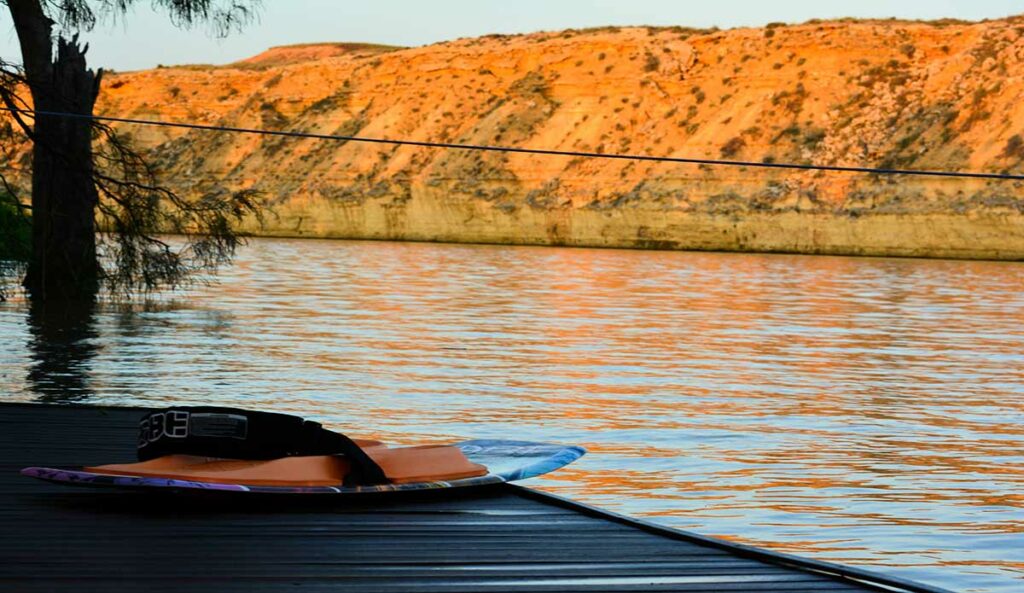
Getting Started with a Kneeboard
Once you have the necessary equipment, it’s time to get started with kneeboarding. Follow these steps:
Warm-up
Before heading into the water, perform some warm-up exercises to stretch your muscles and prevent injuries.
Body Position
Start by sitting on the kneeboard with your knees positioned just behind the board’s center. Hold onto the tow rope handle with both hands, keeping your elbows bent.
Floating Position
Once the boat starts moving, relax your body and let the board float on the water’s surface. Keep your arms straight, and lean back slightly to maintain balance.
Getting Up
As the boat accelerates, gradually shift your weight forward and push your hips up to bring the board onto the plane. Keep your knees bent and your body centered over the board. It may take a few attempts to find the right balance, so don’t get discouraged.
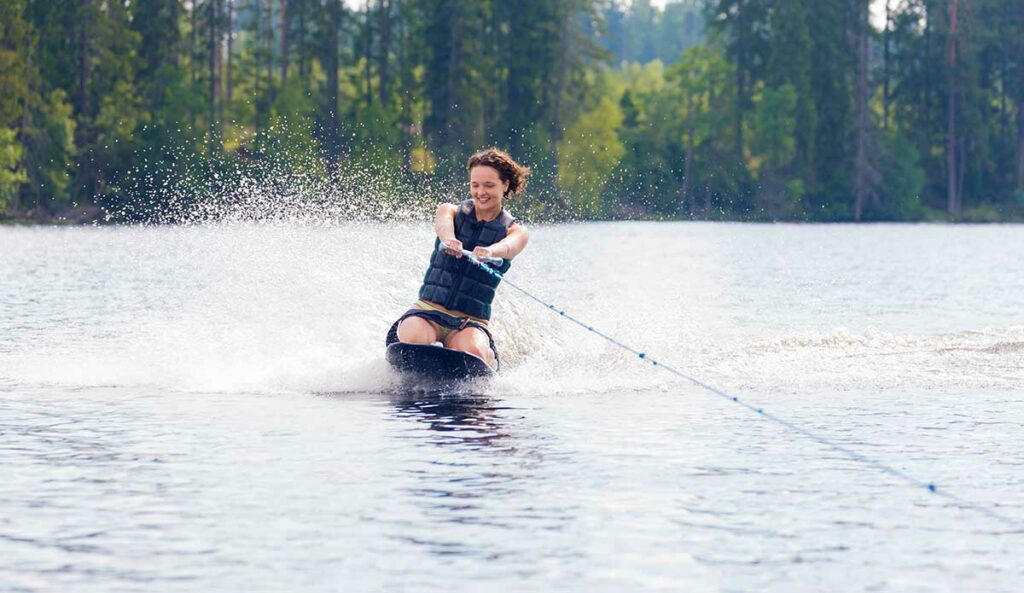
Riding Techniques
Now that you’re up and riding, it’s time to learn some fundamental kneeboarding techniques:
Edge Control
To steer, lean your body and apply pressure to either side of the board’s edge. Leaning to the left will turn you right, and vice versa. Practice making wide arcs and gradually increase your speed.
Jumps and Tricks
Once you’ve mastered the basics, you can start experimenting with jumps and tricks. To perform a jump, crouch down, and then push up with your legs as the boat propels you forward. Always ensure you have plenty of open water and a safe landing area.
Deep Water Starts
As you progress, you can challenge yourself with deep water starts. Instead of starting from a floating position, you begin with the board completely submerged. With the tow rope handle between your legs, signal the boat driver to accelerate, and as the board resurfaces, quickly get into the riding position.
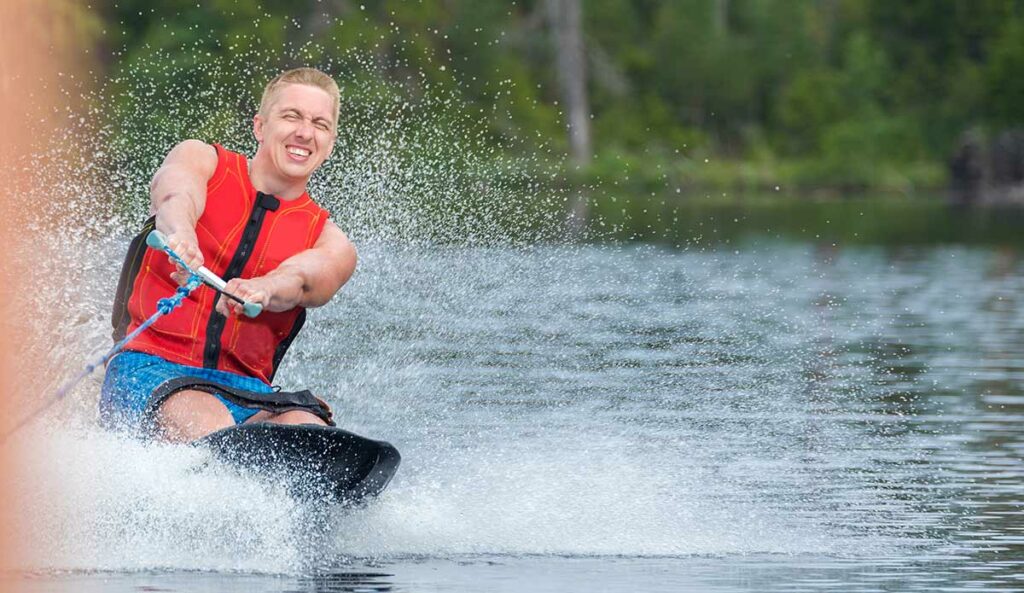
Safety Precautions
While kneeboarding is an exhilarating water sport, it’s essential to prioritize safety at all times. Here are a few safety precautions to keep in mind:
Know your limits
Start with basic maneuvers and gradually progress to more advanced techniques as you gain experience and confidence.
Maintain a safe distance
Always stay a safe distance away from other boats, swimmers, and objects in the water.
Communicate with the boat driver
Establish clear signals with the boat driver to communicate when you want to start, stop, or adjust the speed.
Be aware of your surroundings
Keep an eye out for obstacles, shallow water, and changing weather conditions. Stay alert and adjust your riding accordingly.
Practice and Enjoy
Like any sport, kneeboarding takes practice to improve your skills. The more you practice, the more comfortable and confident you’ll become. Remember to have fun and enjoy the experience. Kneeboarding offers an incredible opportunity to connect with nature, explore waterways, and create lasting memories.
Conclusion
Kneeboarding is an exciting and accessible water sport suitable for beginners and experienced enthusiasts alike. By following the steps outlined in this beginner’s guide, you’ll be well on your way to mastering the art of kneeboarding. Remember to always prioritize safety, wear appropriate gear, and practice regularly to refine your skills. So, grab your kneeboard, head out to the water, and get ready for an exhilarating ride!




